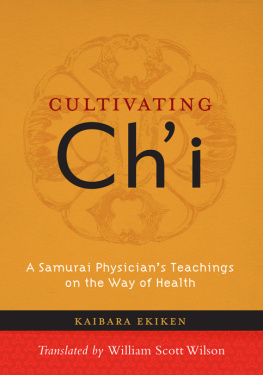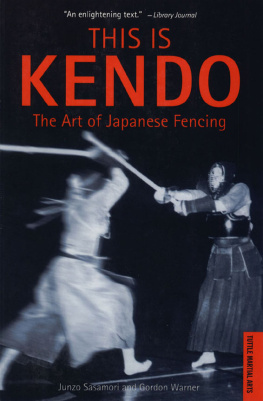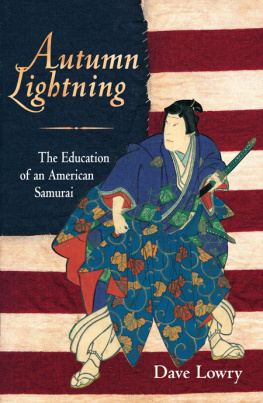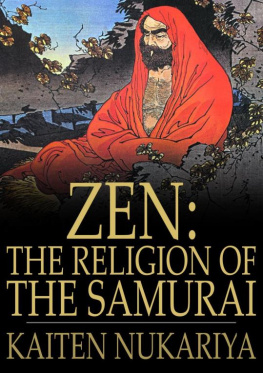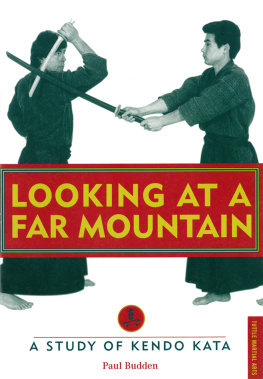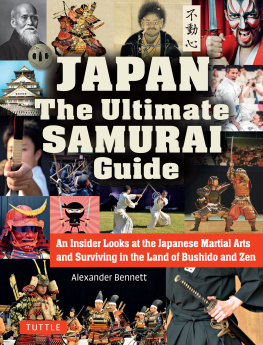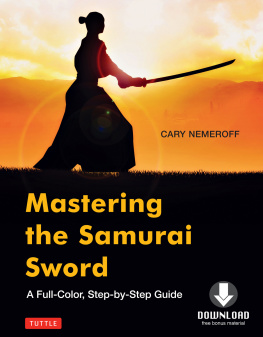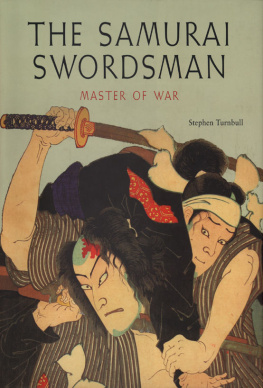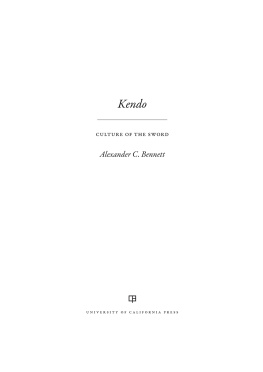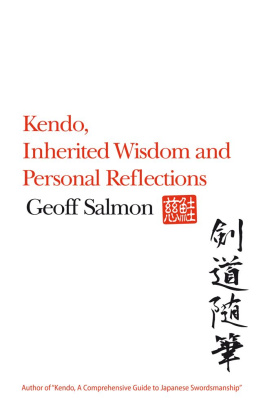First published in 1995 by
Kegan Paul International Limited
This edition first published in 2009
by Routledge
2 Park Square, Milton Park, Abingdon, Oxon, OX14 4RN
Simultaneously published in the USA and Canada
by Routledge
270 Madison Avenue, New York, NY 10016
Routledge is an imprint of the Taylor & Francis Group, an informa business
Minoru Kiyota 1995
Transferred to Digital Printing 2009
All rights reserved. No part of this book may be reprinted or reproduced or utilised in any form or by any electronic, mechanical, or other means, now known or hereafter invented, including photocopying and recording, or in any information storage or retrieval system, without permission in writing from the publishers.
British Library Cataloguing in Publication Data
A catalogue record for this book is available from the British Library
ISBN10: 0710304749 (hbk)
ISBN13: 9780710304742 (hbk)
Publishers Note
The publisher has gone to great lengths to ensure the quality of this reprint but points out that some imperfections in the original copies may be apparent. The publisher has made every effort to contact original copyright holders and would welcome correspondence from those they have been unable to trace.
Kend is the modern version of Japanese swordsmanship. In 1964, Dr Gordon Warner, a respected Kend practitioner, published an excellent comprehensive manual of Kend techniques called This is Kend. Not wanting to repeat what he said, I have chosen to focus on Kends philosophical infrastructure, its history and its potential contributions to personal growth.
The purpose of this work is to describe the discipline of swordsmanship cultivated by the samurai in medieval and premodern Japan and to show the relevance of that discipline today. Discipline, in the context of this work, means the taming of the ego and the means to realizing a vision beyond that dictated by the ego. Ego refers to the agent which makes the self the measuring stick of the world.
The term Kend was used as early as the seventeenth century, though popular usage began sometime after the Meiji Restoration (1868), the period signaling Japans emergence as a modern state. Literally, the term means the way of the sword. It refers to a way of life that embodies the discipline acquired through the practice of swordsmanship. But even before the seventeenth century, terms other than Kend were used, such as heih, kenjitsu, kenp, gekken, etc., each expressing a different nuance of meaning peculiar to the time. In this work, to avoid confusion, the term swordsmanship (i.e., classical Kend) is used when referring to that art observed during medieval and premodern Japan, Kend when referring to it in the modern context, and swordsmanship/kend when referring to both.
Though swordsmanship/kend was influenced by Buddhism, Confucianism and Shinto, this work, by rule, limits its discussion to Buddhism. This is because I consider Buddhism to be the most convenient vehicle to describe swordsmanship/kend philosophically. Furthermore, this work treats swordsmanship/kend as a popular culture. Hence, though it deals with the Buddhist philosophical infrastructure of swordsmanship/kend, it is not designed for specialists in Buddhist philosophy; it describes the implementation of Buddhist philosophy on the development of this popular culture. Though it deals with the historical development of swordsmanship/kend, it is not designed for specialists in Japanese sociopolitical history; it deals with the history of swordsmanship/kend as a popular culture. Buddhist philosophy and socio-political history are provided simply as a background to facilitate a better understanding of the development of this kind of culture.
The work is divided into five chapters.
introduces kend, identifies basic kend concepts, and briefly interprets them within the framework of Buddhist thought.
is doctrinal. This chapter makes specific reference to (a) Shingon Mikky and its influence on the Tenshin Shden Katori Shinto-ry (abbreviated as the Katori-ry), and (b) Zen and its influence on the Yagy Shinkage-ry (abbreviated as the Yagy-ryu). Ry means school.
provides the necessary historical background and, based upon that background, discusses the development of swordsmanship in two distinct periods i.e., the warring states period and the Tokugawa period (which is sub-divided into early, middle and late periods) - that span the early fifteenth to the late nineteenth centuries.
was codified in as early as the twelfth century but not institutionalized until the seventeenth century. This chapter provides a historical contextualization and categorical interpretation of the major themes of bushid. It concludes by critically examining Nitobe Inazs Bushid: The Soul of Japan, one of the very few comprehensive works on bushid in English.
deals with the modern period. It critically evaluates kend and bushid and then makes an attempt to integrate the martial and liberal arts in order to show their relevance today. In the samurai lexicon, the integration of martial and liberal arts is referred to as bunbu-ryd.
The Epilogue sums up the preceding discussions, introduces some works related to this work, and criticizes them. These criticisms are intended to focus attention on the need to integrate martial and liberal arts.
An appendix which outlines the development of swordsmanship for the benefit of historians of Japanese swordsmanship is attached.
Both footnotes and endnotes are used. Footnotes elaborate on ideas or concepts related in the body so that the stream of thought within the body will not be disturbed. Endnotes provide textual sources from which important ideas or concepts are derived, and whenever necessary, make further elaboration. Please note that many aspects of the lives of popular samurai and of battle scenes are derived from episodes which I have read many decades ago in popular literature. This kind of literature is not normally accessible in university libraries and I no longer have it on hand. Thus, the sources of many of these episodes are not documented in endnotes. Historical dates and related information were derived from Nihon rekishi dai-jiten (Encyclopedia of Japanese History), 20 vols, plus 2 supplements, ed. Kawade Takao, Tokyo: Kawade shob shinsha, 1960.
An annotated, selected list of references, both in Japanese and English, are attached for the benefit of those who wish to pursue further study. A glossary of technical terms with their equivalents in Sino-Japanese characters and an index are attached. Japanese has been romanized by the Hepburn system, Chinese by the Wade-Giles system.




